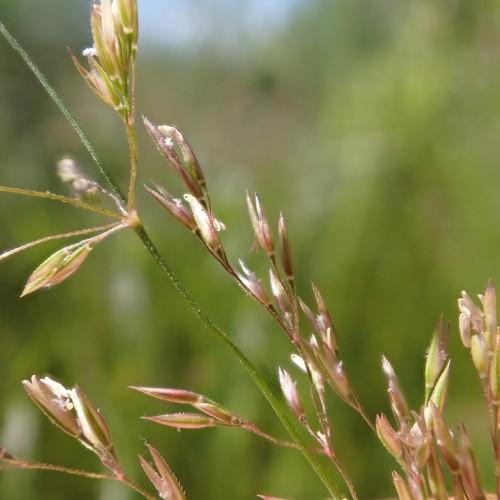
Spreading Bentgrass
Agrostis stolonifera
Also Known As - Creeping BentgrassWatering:
Frequent
Hardiness Zone:
Flowers:
Flowers In Summer
Sun:
Sun, Partial Shade
Soil:
Clay, Loam
Leaf:
Yes
Growth Rate:
Low
Drought Tolerant:
Yes
Salt Tolerant:
Yes
Invasive:
Yes
Care Level:
High
watering
Perennial Bentgrass (Agrostis perennans) should be watered deeply 2 to 3 times a week during warm summer months, allowing the soil to dry out partially between waterings. In cooler temperatures the amount of watering should be reduced as less water will be needed to maintain healthy growth. If possible, water in the morning to allow any excess moisture to evaporate, and water around the base of the plant - avoid getting the plant leaves and stem wet.
sunlight
Perennial Bentgrass (Agrostis perennans) thrives in full sun and requires at least 6–8 hours of direct sunlight each day. It does best in areas where there is plenty of direct sunlight throughout the day and does not tolerate shade. In the summer months, it may need more than 8 hours of direct sunlight, depending on the region and its other environmental conditions. It is best to water the grass in the early morning, as this gives the plant time to absorb the sunlight during the course of the day.
pruning
Perennial Bentgrass (Agrostis perennans) should be pruned twice a year, once in late spring (between May and June) and again in late summer (between August and September). For both pruning sessions, the goal is to remove excess and dead grass clippings, which can cause the plant to become overcrowded and ill. First, ensure that the grass is cut to around 2 inches above the soil level in order to thin out the canopy and make way for new growth. Next, use a sharp pair of hedge or grass shears to selectively remove any dead or yellowed bentgrass blades, as well as any weeds that may have infiltrated the area. Finally, rake away any excess clippings and dead grass to restore a neat appearance to the lawn.
